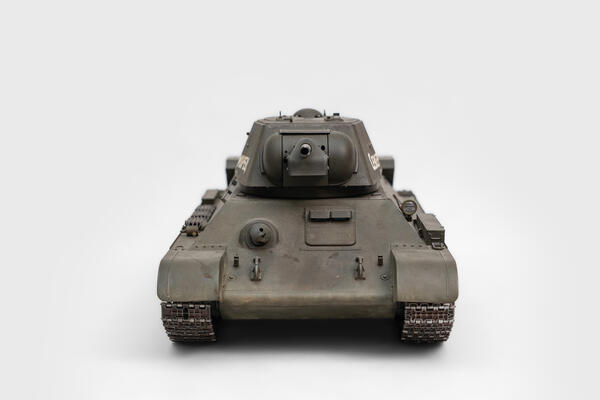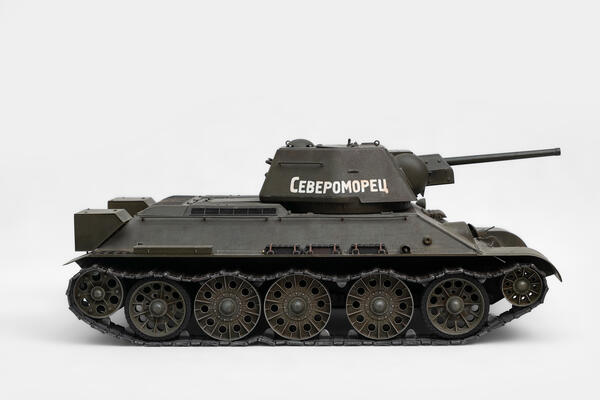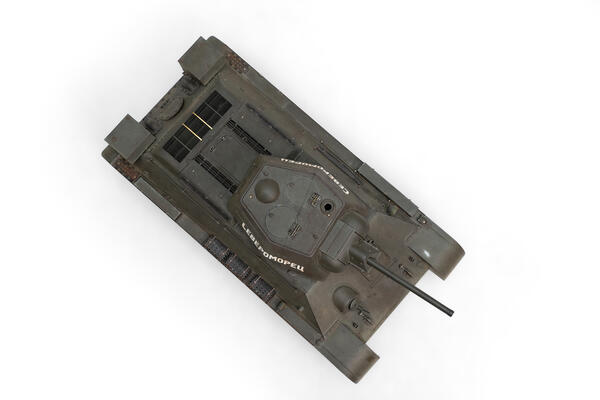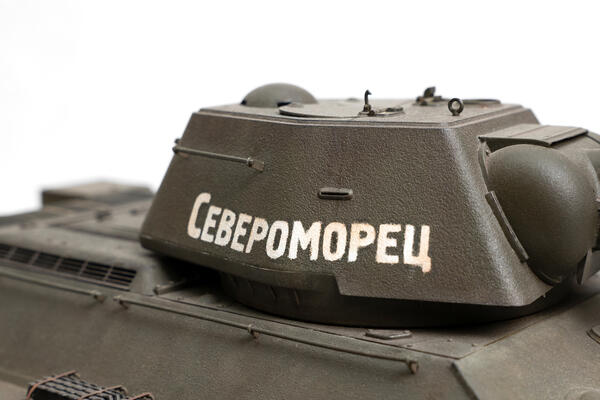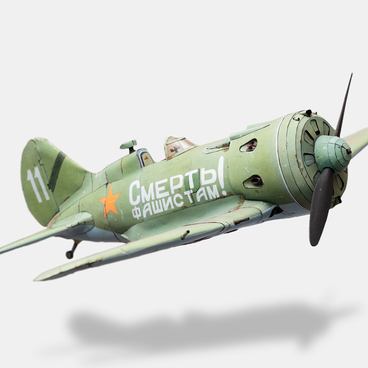The T-34-85 tank was the latest mass-produced version of the main battle tank of the Workers’ and Peasants’ Red Army and the Armed Forces of the USSR, the T-34. The Soviet T-34 medium tank was put into mass production in 1940 and became the most widely used tank during the Second World War. From 1940 to 1950, the Soviets produced more than 61,000 such tanks at six different factories, including its modification, the T-34-85, and the OT-34 flame tanks.
One of the most significant features of the T-34 tank was its potential for modernization. In 1943, Hitler’s army was equipped with new models of armored vehicles, including the Panther and Tiger tanks, which had reinforced armor. The power of the tank gun used on the T-34 became insufficient. Soviet engineers began searching for ways to enhance its combat capabilities. As a result, in January 1944, the T-34-85 model was put into mass production. It was equipped with a newly developed 85 mm S-53 gun and a new turret offering increased armor protection. Furthermore, the tank’s crew consisted of five rather than four individuals. The modifications increased the overall effectiveness of the crew. However, the tank’s mobility slightly decreased. Nevertheless, in terms of mobility, the new T-34-85 still outperformed the German Panther and Tiger tanks.
The baptism by fire of the T-34-85 tanks occurred on March 23–24, 1944, in the Uman–Botoshany offensive of the Second Ukrainian Front. These tanks were deployed in large numbers in the operation of 1945, including the Vistula–Oder offensive, the East Pomeranian strategic offensive operation, and the Berlin operation, as well as the Battle of Lake Balaton in Hungary. The T-34-85 remained the backbone of the Soviet tank force until the mid-1950s and was officially retired in 1993.
A monument to the tankers of the First Tank
Division has been erected on the territory of the Murmansk Oblast. The
legendary T-34 tank was unveiled in the central square of the town of
Kandalaksha on October 5, 1974. This military vehicle from the World War II era
commemorates the summer of 1941 when tank crews from the Arctic battled the
Nazi forces on the outskirts of Kandalaksha. An inscription on the base reads,
“To the heroes — defenders of the Soviet Arctic”.

